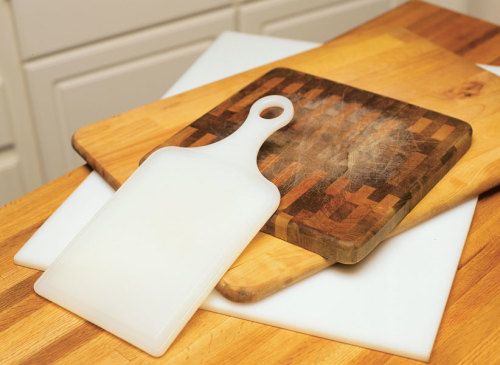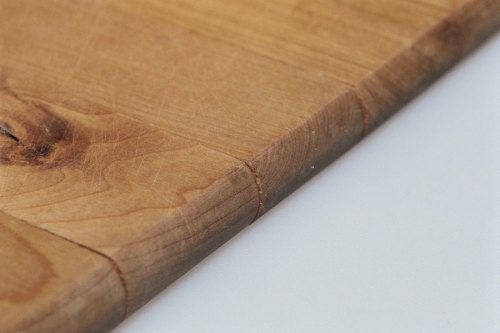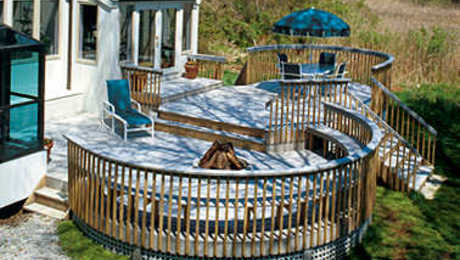
by Ken Haedrich
June 1997
from issue #9
No discussion of knives would be complete without a mention of cutting boards. The right board can keep your knives sharp longer and also help you stay healthy. Cutting boards were among the culprits recently indicted in a finding that the kitchen plays host to more pathogenic material than the average bathroom does. Choosing and caring for the right cutting board can help protect you and your family.
Cutting boards are usually made from one of several materials: wood, acrylic, or plastic, including high- and low-density polyethylene. There are also ones made of hardened glass or solid surfacing or composite materials, like Corian.
Wooden boards are lovely. And because wood is relatively soft, knifes stay sharp longer. Wood’s downfall is its porous nature. Both bacteria and chemicals can migrate below the surface. How long bacteria continue to live there is a point of contention in the scientific and food service communities.
Plastic boards are easier to sanitize because bacteria remain on the surface. However, some plastics are harder than others and more impervious to bacteria. Acrylic is easily sanitized, but murder on your knife edge. The same goes for hardened glass and composite kitchen counter materials.
Above all, wash, rinse, sanitize. Bob Harrington, vice president for technical services at the National Restaurant Association, says the main safety concerns boil down to cross contamination. In other words, if you prepare raw chicken contaminated with salmonella, then cut lettuce on the same board before it has been cleaned, you run a high risk of exposing your family to the bacteria.
Harrington stresses that no matter what board you choose, you must handle it correctly. He cites the holy trinity of cutting board sanitation: Wash. Rinse. Sanitize. Wash in very hot sudsy water, using a bristle brush to clean crevices and gouges. Rinse in the hottest water possible. Then sanitize. The folks at Clorox recommend soaking the board for two minutes in a solution of 1 tablespoon bleach in 1 gallon of water. Then drain and air dry.
Sooner or later any cutting board will be sufficiently gouged and scarred that you won’t be able to clean it effectively. Discard it, or put it under your plants.
Across-the-board choices. If you’re in the market for a cutting board, visit a restaurant supply outlet or reputable gourmet store, and look for a board that is certified by The National Sanitation Foundation. NSF is an independent testing lab and a leader in developing design criteria used in food handling equipment. For a wooden cutting board to be certified by NSF, it must pass a rigorous set of tests. And it must undergo oil and paraffin treatments to seal the porous surface.
Wood is nice, but too high maintenance for me, and acrylic and glass are too hard on a sharp knife. So for my money, I like high-density polyethylene plastic best. With high-density plastic, the bacteria remain on the surface where they can be dispatched easily by washing and rinsing. You can tell a high-density plastic board from a low-density one with a simple test: Try to bend it. High-density plastic will have no flex. One reliable name to look for is KatchAll Industries, whose high-density plastic boards are NSF certified and are sold under the brand names Poly-Slice and Koro-Cut.


















Comments
Log in or create an account to post a comment.
Sign up Log in